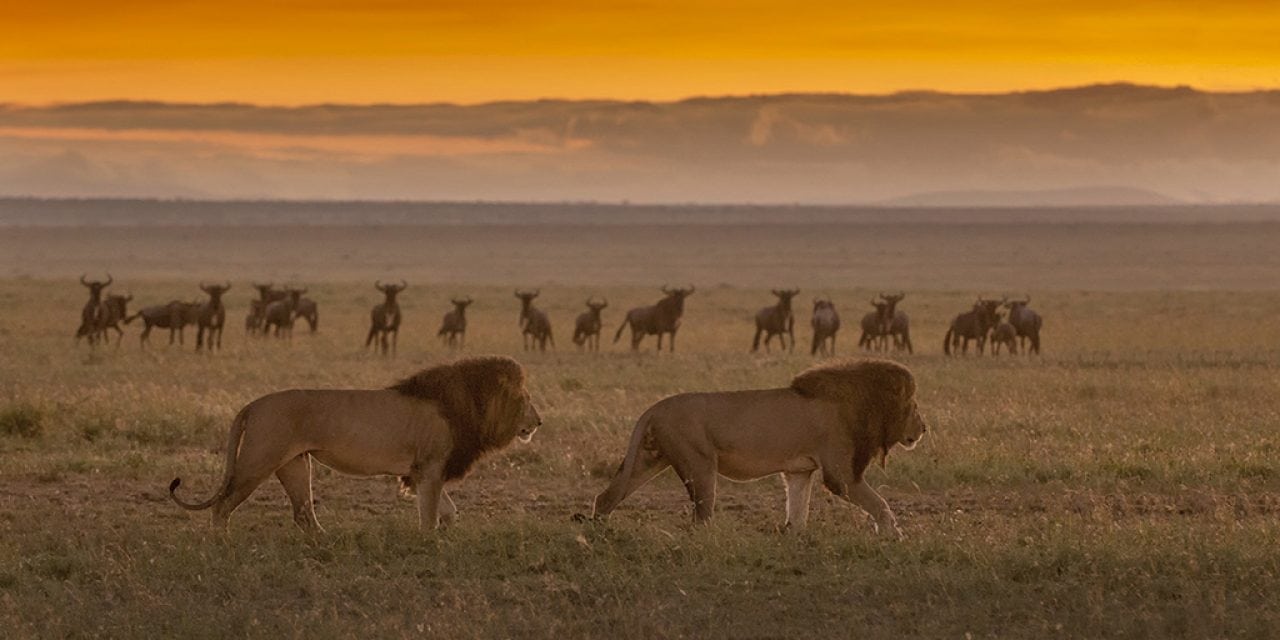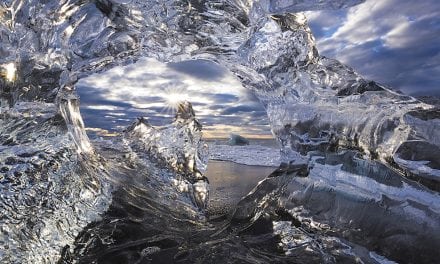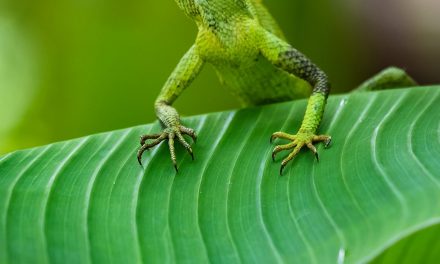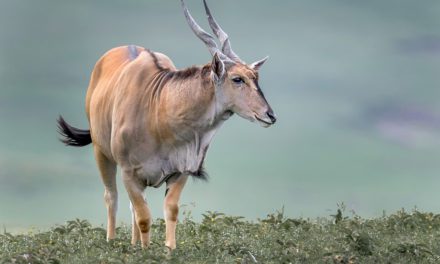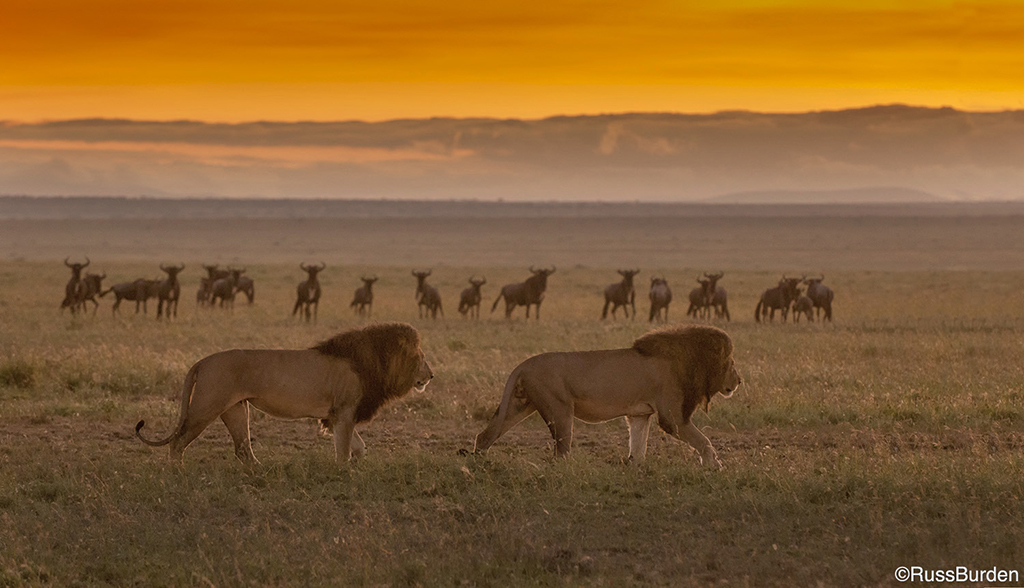
Over the many years I’ve been writing the OP Photo Tip of the Week, I’ve covered diverse topics, targeted tips for the beginner, wrote a ton for the intermediate shooter and crunched out all sorts of ideas for the advanced photographer. If you’ve followed my tips throughout these years, I thank you. If you’re new to them, welcome. As many of you can infer, I’m a nature photographer by trade, yet I dabble in a number of other areas. With regards to nature, there are key elements that make or break a photo. Some appear below. They’re overarching and can be applied to subjects other than nature. For instance, if you’re primarily a portrait photographer, apply some of what you read to your people shots. Enjoy!
Show Action and/or Behavior: When I first got into nature photography, I’ll never forget the excitement I felt when I got close to my first wild animal. I just kept taking pictures because I let my excitement control my shutter finger rather than let my photo knowledge control it. This dates back to before delete buttons appeared on DSLRs. Ohhh, the money I’d have saved on slide film and processing. When I reviewed my slides, I rarely got excited. I now adhere to the “Make the record shot, but wait for action to occur before I use high-speed motor drive.” Make that first photo of the animal you encounter, but then wait for it to display behavior. The more animated, the better. It can be as simple as a yawn, a preening of feathers or a cleaning with a tongue. Be patient. Keep your eye up to the viewfinder. To stop the action, bump up the ISO, open the shutter to obtain a fast shutter speed, place the camera on motor drive, remove any filter that absorbs light and engage continuous focus to track the subject.
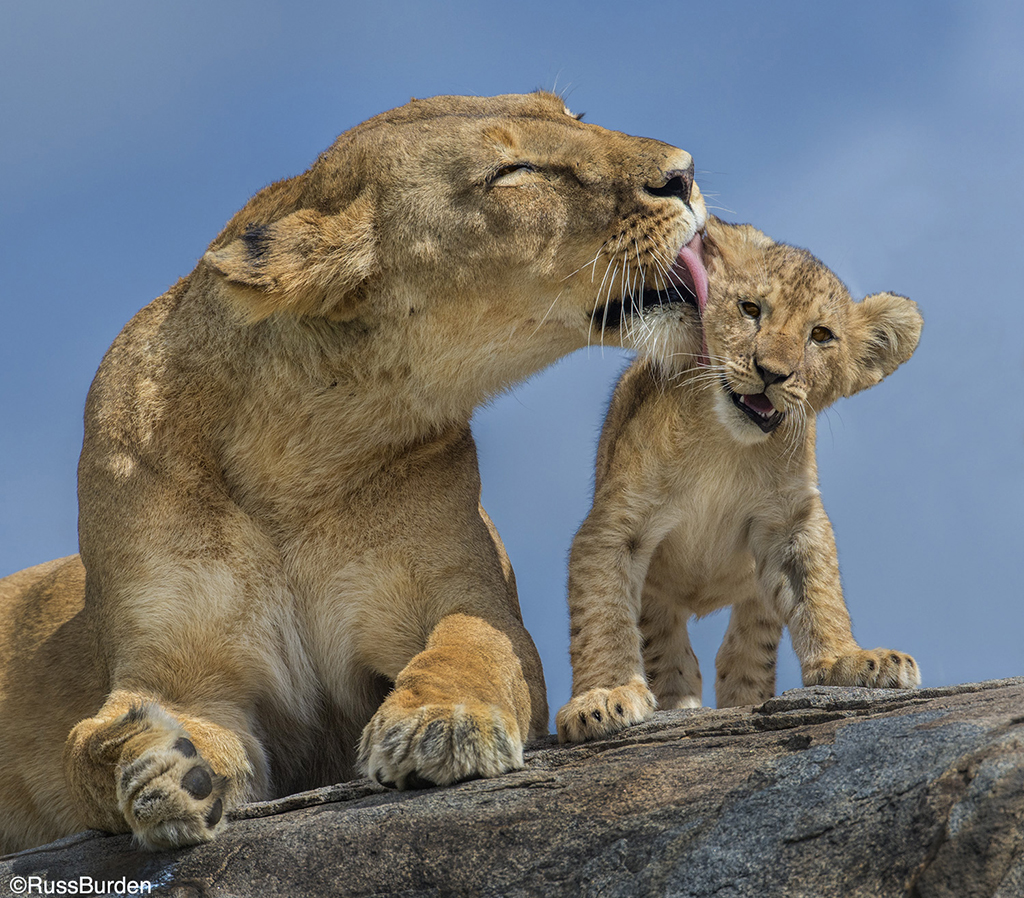
L + LL for L—Light and Leading Lines for Landscapes: This is actually a twofer but for landscapes, they go hand in hand—enjoy the bonus. If you’re a regular reader of my tips, you know my business motto, “It’s All About The Light.” To me, light is the single most important element of a photo. For landscapes, get out at sunrise and stay out for sunset. Early and late light provides warmth and sidelight, which are both important to make a successful landscape image. The golden color at these times of day paint the geologic formations in hues unavailable at any other time. It’s the warmth that attracts the viewer to the scene and holds them captive. Sidelight reveals texture as it creates highlights and shadows. This creates a three-dimensional look to a two-dimensional photo. This depth also helps captivate the viewer. The LL aspect is important to include in a composition. Leading lines allow viewers to enter the photo at a given point and provide a path for their eyes to journey through the rest of the image. They can be diagonal, zigzag, straight or curved. The classic is the “S” curve that snakes through the image in a flowing and dynamic way. The accompanying image was made in the warm light of sunset and uses leading lines to bring the eye to the dominant mound at the top of the composition.
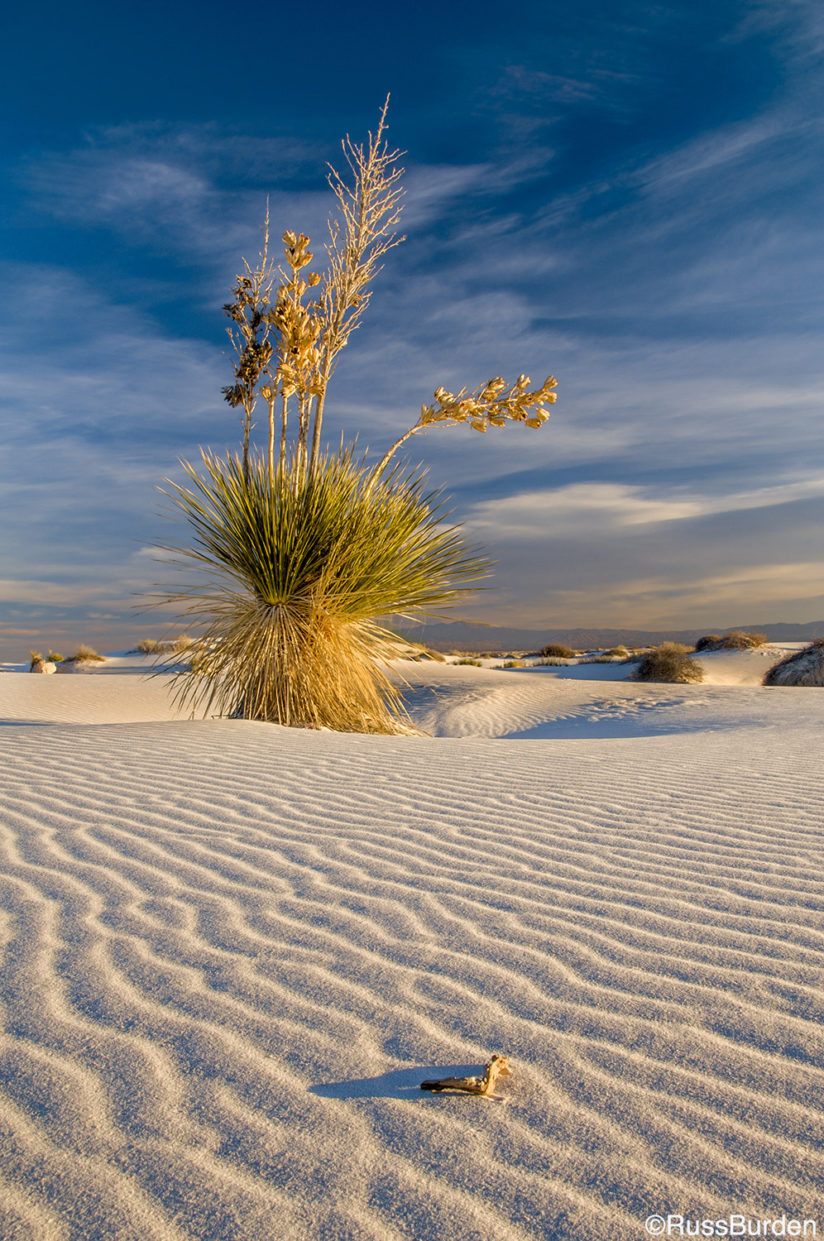
Mood: Mood and light go hand in hand, which once again stresses the importance of “It’s All About The Light.” Mood can be created by fog, soft light at sunrise or sunset, rain, snow, a light mist, a spotlight from a shaft of sun, drama in the clouds, impending storms, a colorful sunset, a dramatic sunrise—you get the idea. The more often you seek out these types of light, the more you’ll differentiate yourself from the hordes of photographers who photograph in the same light over and over. Monitor the weather to see what’s in store. If there’s an impending storm, the potential for dramatic light increases. If fog is predicted, be sure to be out, especially if it’s low and thin. If the sun breaks through and illuminates your subject while the fog is still around, the possibilities for great images go up exponentially. Be cognizant of your meter reading when the light is dramatic. Check for blinking highlights and your histogram. Don’t blow out the highlights. Use exposure compensation if necessary. Make a bracketed series and run the images through an HDR program to compress the contrast.
Ultimately, you’ll run across a situation where you can incorporate all three quick tips into a single capture. If you do, I hope I’m by your side.
Visit www.russburdenphotography.com for information about his nature photography tours and safari to Tanzania.
The post Three Quick Nature Photography Tips appeared first on Outdoor Photographer.

